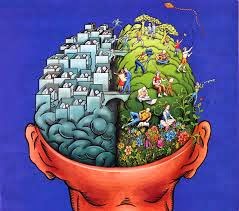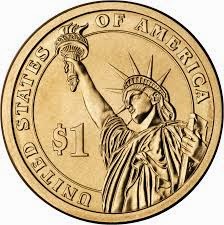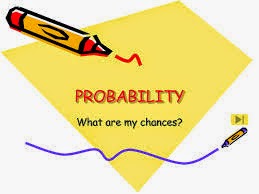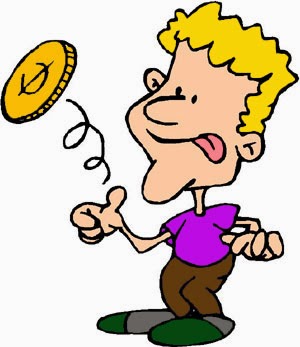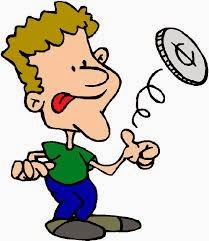There is a dressing drawer which contains the following colored socks in pairs: Purple, Magenta, Crimson, White, Yellow and Turquoise. Now, the socks are paired and each pair is together in the matching set. There is no light in the room and you open the drawer and pick up a pair. Then, without noticing any color, you keep them back and pick up again.
Can you calculate the probability that the pair of socks was Yellow both the times?
Whenever two events are independent, we calculate the probability of both occurring as:
P(A and B) = P(A) * P(B)
P(Yellow) = 1/6
P(Yellow and Yellow) = P(Yellow) * P(Yellow)
= 1/6*1/6
= 1/36

